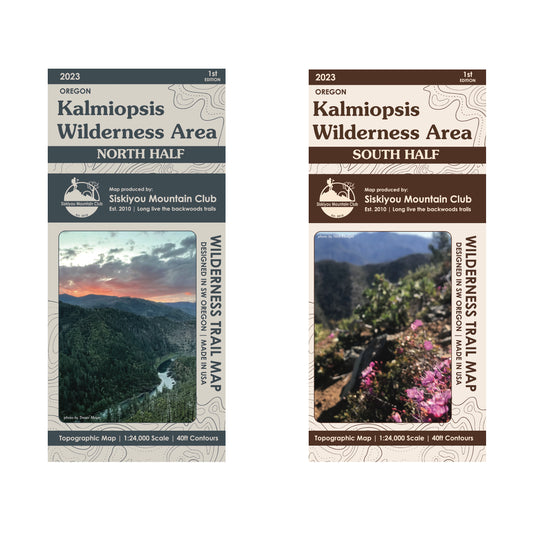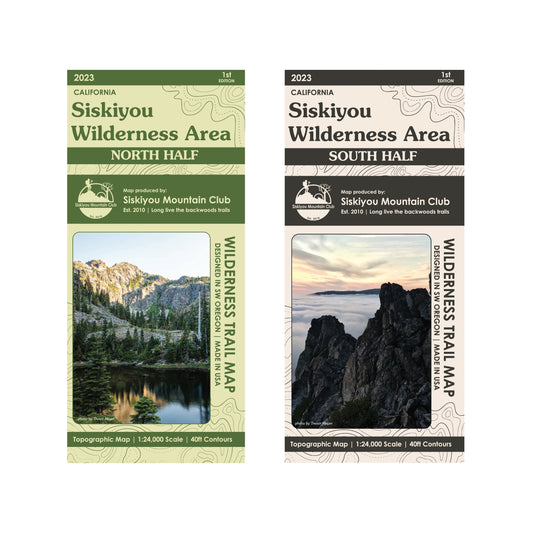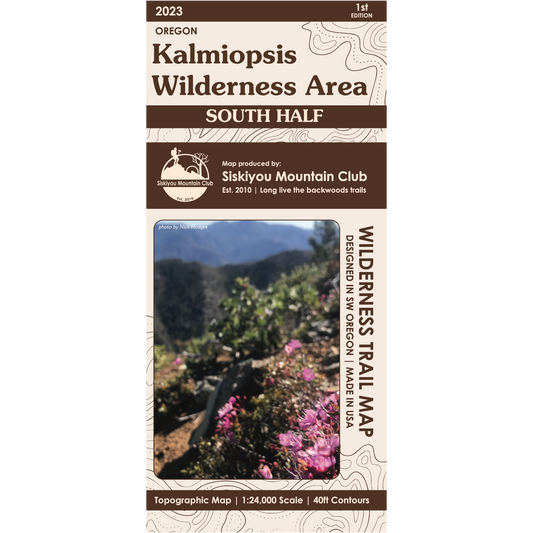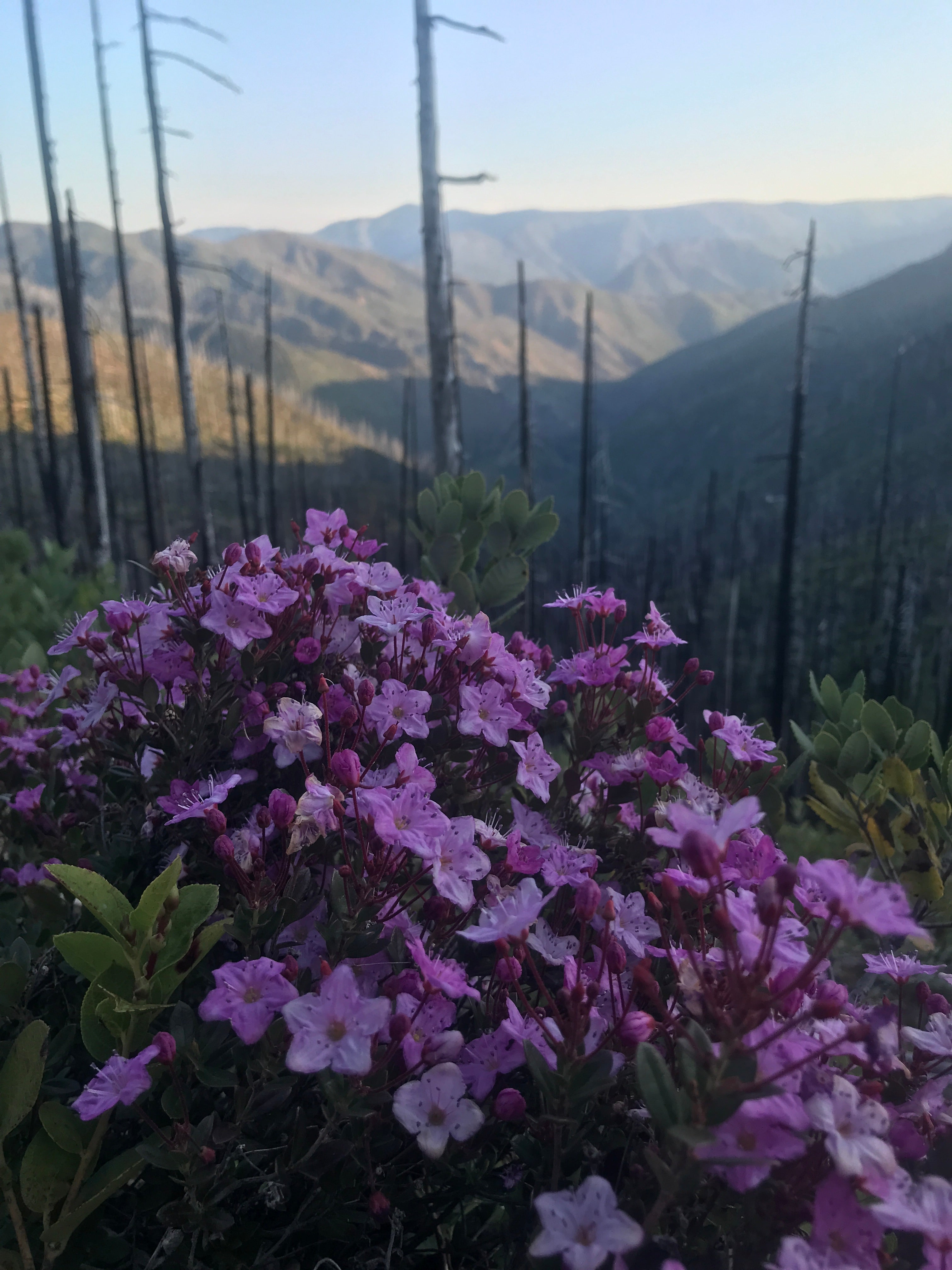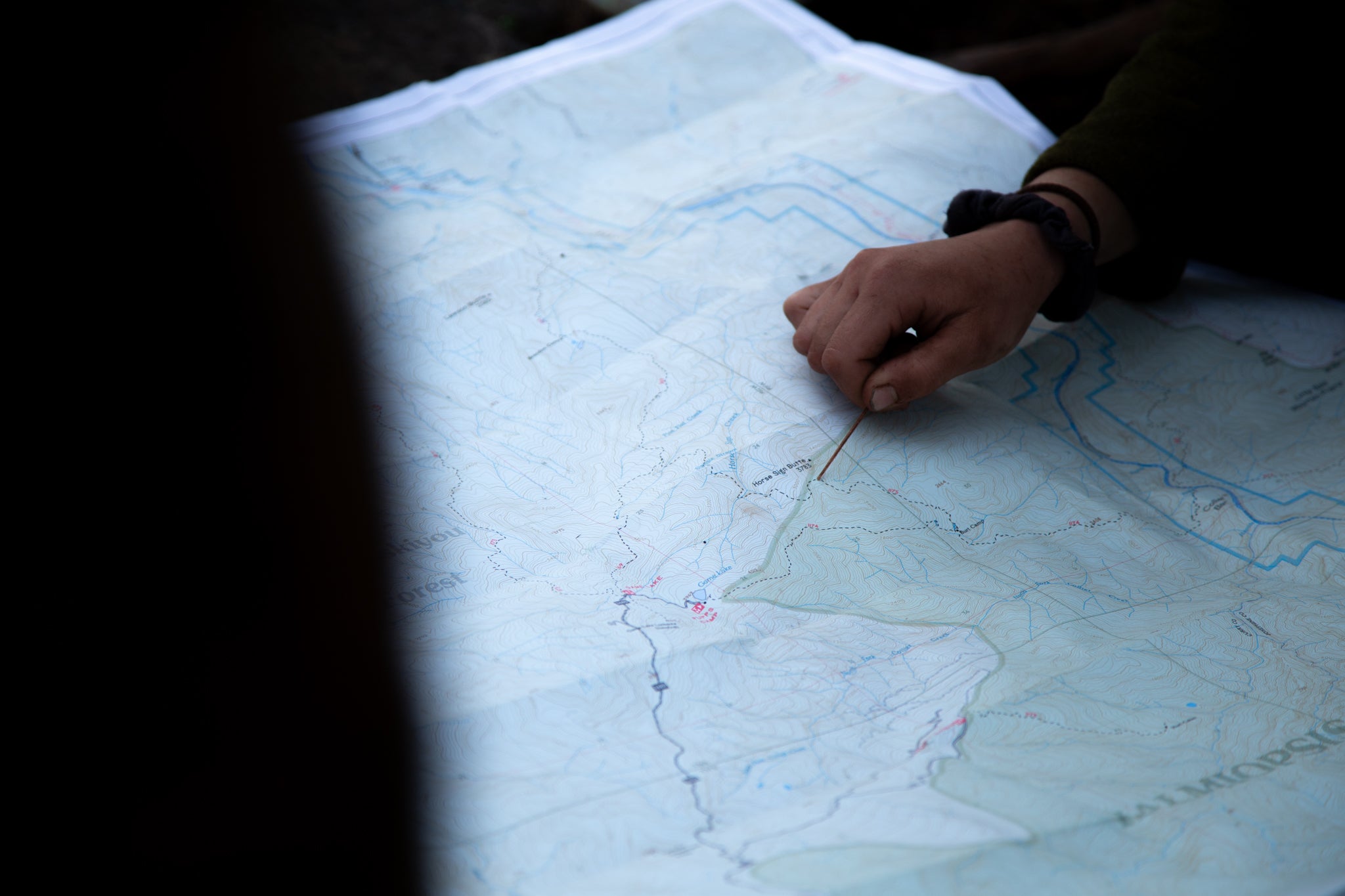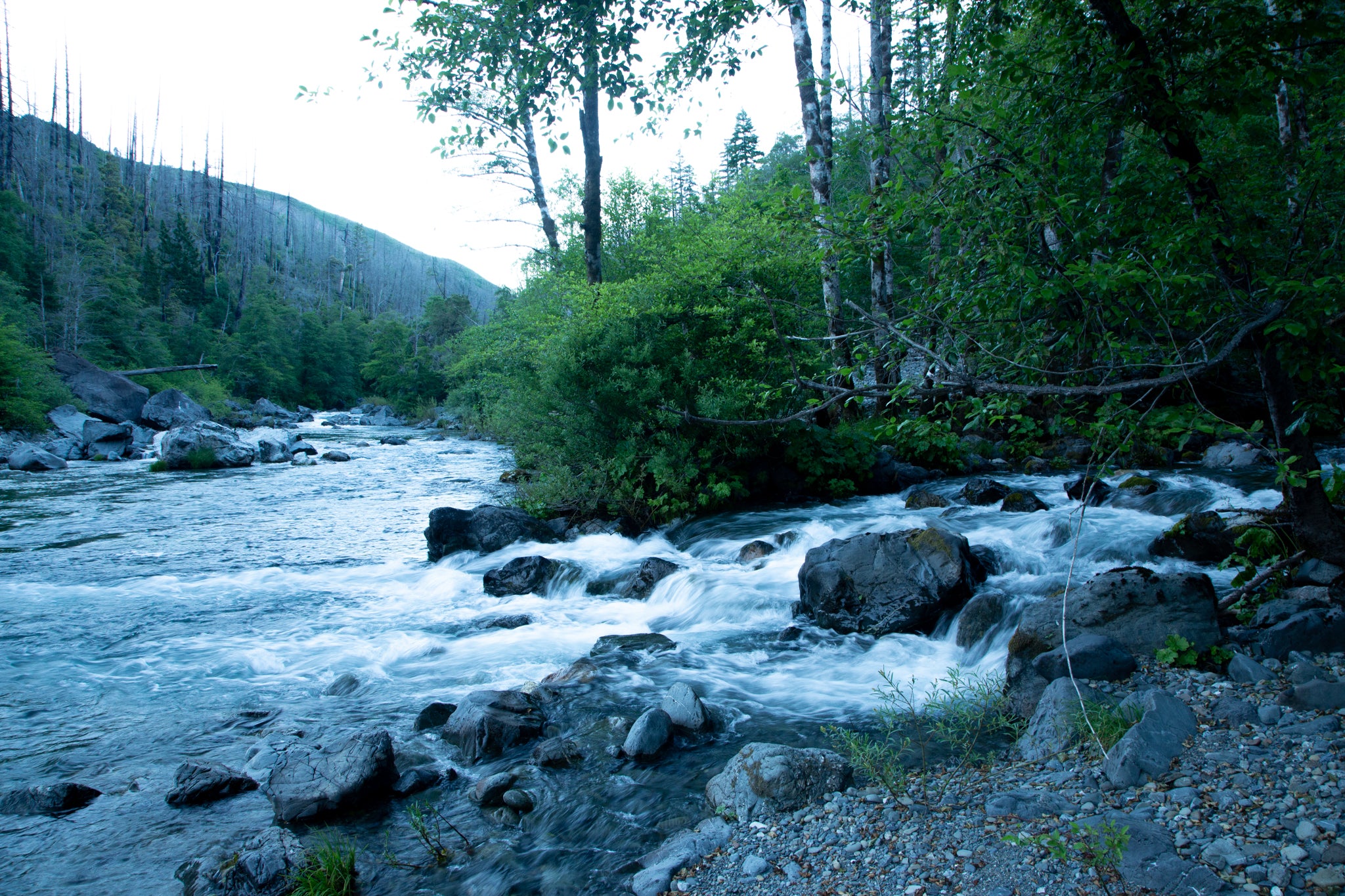Kalmiopsis Wilderness Area


About the Kalmiopsis
A rugged, fascinating place
Tucked away in the extreme southwest corner of Oregon is the 180,000-acre Kalmiopsis Wilderness Area. The remote mountain range is defined by a configuration of steep, dislocated ridge systems that fall dramatically into three distinct Wild and Scenic River canyons - the North Fork Smith, Illinois, and Chetco. The Kalmiopsis's rivers and streams are renowned for their pristine water quality and native fish runs, cutting through an ancient landscape known for its rugged and strange character.
Natural History
Unlike anywhere else in Oregon
The diverse landscape of the Kalmiopsis is shaped by regular fire patterns, ancient webs of life, and a rare and complex geologic formation. During the Jurassic period, rocks from the upper mantle five to 10 miles beneath the ocean floor were scraped onto the earth's surface. These seafloor rocks have a reddish-brown color portrayed throughout the wilderness in sheets of geologic-scale. They are made of magnesium and iron-rich peridotite that metamorphoses to serpentine.
The unique geologic formation combined with its early rise from the sea (when the rest of Oregon was underwater), leads to a profound variety of life seen few places in the world.
The geology also provided pockets of precious metals that were sought throughout history, and the area is still peppered by historic mining prospects.

A Land of Extremes
The prospect of solitude
From the topography to the weather, the Kalmiopsis is not for the faint of heart. The steep terrain leads to razor-sharp ridge systems that rise to non-uniform peaks, harboring microclimates with extreme variation. Marine storms drop over 100 inches of annual rain on the area's western summits. Come the heat of summer, those same peaks may come to feel like mountainous desert with regular daytime temperatures well over 100 degrees Fahrenheit and full sun exposure.
Placed between the dreamy California Redwoods, the majestic Oregon Coast, and the famous Cascade range, the Kalmiopsis is nothing like the terrain that surrounds it and full of natural anomalies. For those willing to scratch off the beaten path, a rare chance of solitude exists in a land more wild and remote than most anything in the continental United States.
Fire on the Landscape
Charred stumps and blackened trees
Visitors of the Kalmiopsis will notice one thing immediately - most of the wilderness has been burned over. In the last 20 years, the area has experienced three major wildfires, the Biscuit Fire in 2002, the Chetco Bar Fire in 2017, and the Klondike Fire in 2018. All of these fires burned over 100,000-acres and left vast areas with complete forest mortality.
The Kalmiopsis's unique topography - steep river canyons and dry soils - provides the perfect environment for fire to spread. The Chetco River canyon also experiences a strange weather anomaly called the "Chetco Effect," a seasonal east-wind that funnels high-density air from interior valleys through to the coast. This fast-moving stream of warm air has carried flames across the wilderness, and the banks of the Chetco have very few living trees left.
Nonetheless, those looking for intact old-growth can still find small islands of live forest peppered across the landscape.

Botany
Relics of the ice age
The unique soil composition of the Kalmiopsis Wilderness has fostered a diverse botanical landscape unseen anywhere else in the Pacific Northwest. Peridotite and serpentine rocks are rich in heavy metals such as iron, magnesium, chromium, ad nickel, which can be toxic to most plants. The plants that have evolved to survive here are incredibly unique, garnering the interest of botanists from across the country.
The namesake of the wilderness, the Kalmiopsis leachiana, dates back to before the last ice age and is once of the oldest members of the Ericaceae family. It is the only plant in its genus and grows nowhere else in the world.
Other rare plants include the Darlingtonia californica, a carnivorous plant often called a cobra lilly that grows in fens, and the Brewer's Spruce (Picea breweriana), a subalpine conifer endemic to the Siskiyou that is easily identified by its slender, drooping branches and scaly bark. The Kalmiopsis Wilderness contains three protected Botanical Areas - Babyfoot Lake, York Creek, and Big Craggies.

The Leach Legacy
Two botanists on a mission
Lilla and John Leach started exploring the Kalmiopsis and surrounding wild lands in the early 20th century. The couple wrote extensive and colorful field notes from their journeys with their two burros, Pansy and Violet. In 1930 Lilla discovered the Kalmiopsis leachiana, a type of dwarfed, ancient rhododendron that is endemic to the Kalmiopsis Wilderness. The pink flower the leachiana produces was so desired that nursery operators pillaged entire populations of the endemic plant, which has never been successfully propagated.
In 1947, Lilla and John successfully advocated for an administrative designation of the 78,000-acre Kalmiopsis Wild Area.
In 1964, that footprint became the original Kalmiopsis Federal Wilderness Area designated by Congress through the original passage of the Wilderness Act. The Wilderness was expanded in 1978 to its current boundaries.

